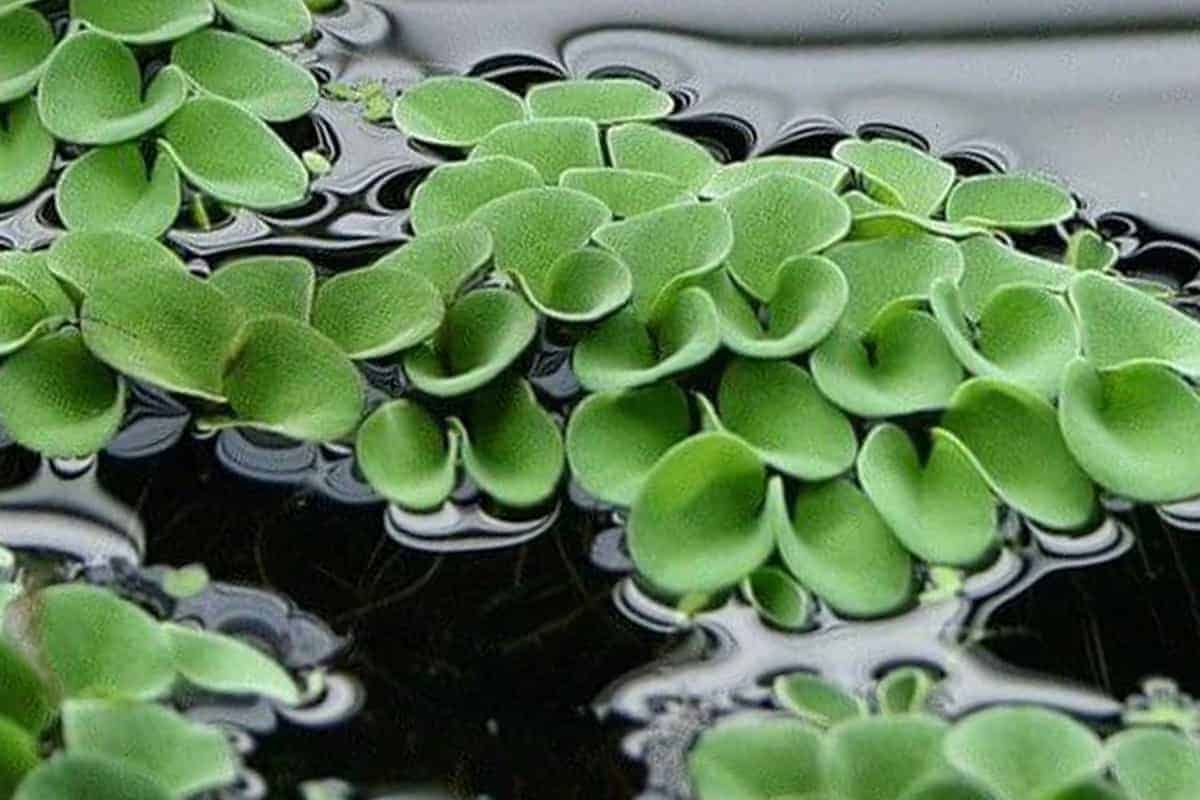
Salvinia is a fascinating aquatic fern that often goes unnoticed. This plant, belonging to the Salviniaceae family, floats on water surfaces and can be found in various parts of the world. Salvinia is known for its rapid growth and ability to cover entire water bodies, which can be both beneficial and problematic. It plays a crucial role in ecosystems by providing habitats for small aquatic creatures and helping to filter water. However, its invasive nature can also lead to significant ecological issues, such as blocking sunlight and depleting oxygen levels in water. Understanding Salvinia is essential for managing its impact on the environment.
What is Salvinia?
Salvinia is a fascinating genus of aquatic ferns. These floating plants are known for their unique appearance and rapid growth. Let's dive into some interesting facts about Salvinia.
-
Salvinia is named after Anton Maria Salvini, an Italian scientist from the 17th century.
-
This genus includes around 12 species, each with distinct characteristics.
-
Salvinia plants are often referred to as "water spangles" due to their small, round leaves.
-
These ferns are native to tropical and subtropical regions around the world.
Unique Features of Salvinia
Salvinia has some unique features that set it apart from other aquatic plants. Here are some of the most notable ones.
-
Salvinia leaves are covered with tiny, water-repellent hairs, making them highly buoyant.
-
The leaves are arranged in whorls of three, with two floating leaves and one submerged leaf.
-
The submerged leaf functions as a root, absorbing nutrients from the water.
-
Salvinia can reproduce both sexually and asexually, allowing it to spread rapidly.
Salvinia's Impact on Ecosystems
While Salvinia is an interesting plant, it can also have significant impacts on ecosystems.
-
Salvinia molesta, also known as giant Salvinia, is considered one of the world's worst aquatic weeds.
-
This species can double its biomass in just a few days under ideal conditions.
-
Dense mats of Salvinia can block sunlight from reaching underwater plants, disrupting aquatic ecosystems.
-
These mats can also reduce oxygen levels in the water, harming fish and other aquatic life.
Uses of Salvinia
Despite its potential to become invasive, Salvinia has some beneficial uses.
-
Salvinia can be used in wastewater treatment to remove heavy metals and other pollutants.
-
The plant is also used in aquariums to provide cover for fish and reduce algae growth.
-
In some cultures, Salvinia is used as animal fodder due to its high protein content.
-
Researchers are exploring the use of Salvinia in biofuel production because of its rapid growth rate.
Salvinia in Research
Salvinia has attracted the attention of scientists for various reasons. Here are some interesting research findings.
-
The water-repellent properties of Salvinia leaves have inspired the development of new materials with similar characteristics.
-
Studies have shown that Salvinia can absorb oil, making it useful for cleaning up oil spills.
-
Researchers are investigating the potential of Salvinia to sequester carbon, helping to mitigate climate change.
-
The plant's rapid growth and ability to thrive in polluted waters make it a model organism for studying aquatic ecology.
Challenges in Managing Salvinia
Managing Salvinia, especially invasive species like Salvinia molesta, poses several challenges.
-
Mechanical removal of Salvinia is labor-intensive and often ineffective due to the plant's rapid growth.
-
Chemical herbicides can be used, but they may harm other aquatic life and lead to water pollution.
-
Biological control methods, such as introducing weevils that feed on Salvinia, have shown promise but require careful management.
-
Integrated management approaches, combining mechanical, chemical, and biological methods, are often the most effective.
Fun Facts About Salvinia
Let's end with some fun and quirky facts about this intriguing plant.
-
Salvinia leaves can trap air bubbles, allowing the plant to float even in turbulent water.
-
The plant's scientific name, Salvinia, is often confused with Salvia, a completely different genus of flowering plants.
-
Salvinia has been used in traditional medicine in some cultures to treat skin conditions and wounds.
-
The plant's unique leaf structure has inspired artists and designers, leading to creative works in various media.
The Final Scoop on Salvinia
Salvinia, a fascinating aquatic fern, has some pretty cool traits. It can double its size in just a few days, making it a rapid grower. This plant's unique leaf structure helps it float effortlessly on water. While it looks harmless, Salvinia can become a nuisance if it spreads uncontrollably, clogging waterways and affecting local ecosystems.
Despite its potential downsides, Salvinia has its perks. It can be used for water purification and even as a biofuel source. Its ability to absorb heavy metals makes it a valuable tool for cleaning polluted water bodies.
Understanding Salvinia's characteristics helps us appreciate its role in nature and manage its impact effectively. Whether you're a nature enthusiast or just curious, knowing these facts about Salvinia adds a new layer to your knowledge of aquatic plants.
Was this page helpful?
Our commitment to delivering trustworthy and engaging content is at the heart of what we do. Each fact on our site is contributed by real users like you, bringing a wealth of diverse insights and information. To ensure the highest standards of accuracy and reliability, our dedicated editors meticulously review each submission. This process guarantees that the facts we share are not only fascinating but also credible. Trust in our commitment to quality and authenticity as you explore and learn with us.
